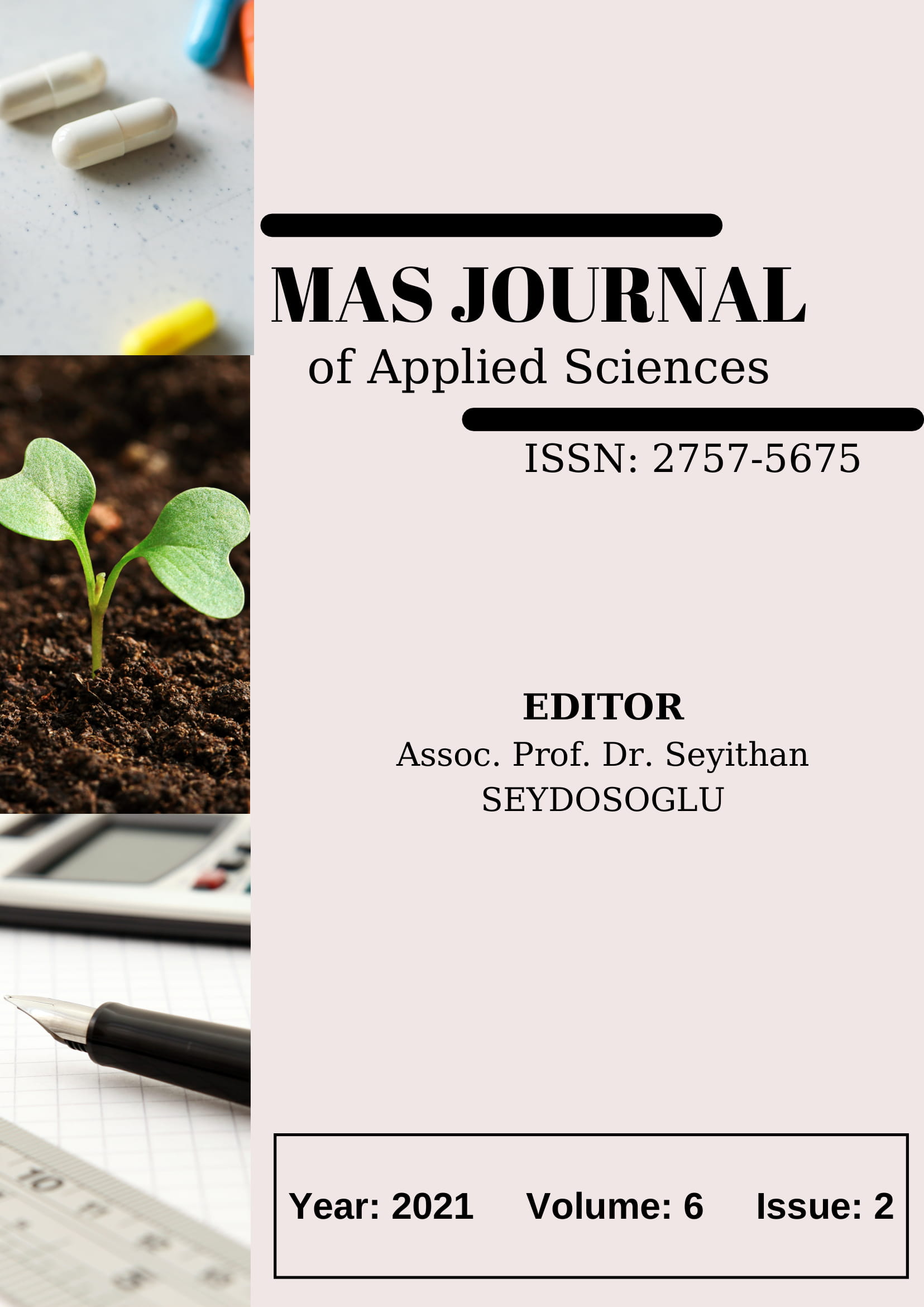Afganistan'da Su Kaynakları Yönetiminin Değerlendirilmesi
DOI:
https://doi.org/10.52520/masjaps.44Keywords:
water resources, water management, Afghanistan, climate effectAbstract
Water is one of the most basic elements of human life. No country can maintain its economic, social, and political stability without the assurance of having water. Developed countries prioritize attention to water resources and are not unaware of its vital importance. Afghanistan, however, is one of the countries that About 80% of its people make a living by farming. The growth of industry and self-sufficiency in the field of electricity, which is linked to water resources, is still not in a good condition, because so far, these valuable resources have not been used to develop and improve the country's economy. Lack of management of water resources has led to the use of only 30 percent of the country's water and another 70 percent has free flow and cross the border and flow to neighboring countries. The purpose of this study is to study the management and impact of climate on water resources, especially in Afghanistan, in the management of water resources, has made great efforts to optimize water consumption and reduce the environmental impact of water consumption in nature. Afghanistan is working towards resource management through the launch of national programs and the design of the following regulations and policies (National Water Resources Development Plan), (National Water Facilities Reconstruction and Improvement Program), and (National Seaside Strengthening Program). Water and prevent the problems caused by the lack of management in these areas, take basic steps.
Downloads
Published
How to Cite
Issue
Section
License
Copyright (c) 2021 The copyright of the published article belongs to its author.

This work is licensed under a Creative Commons Attribution-NonCommercial 4.0 International License.


